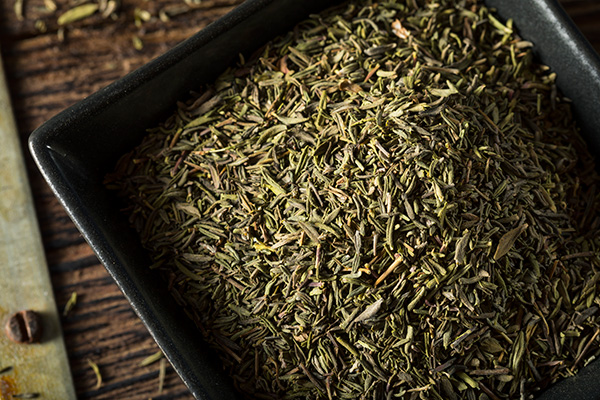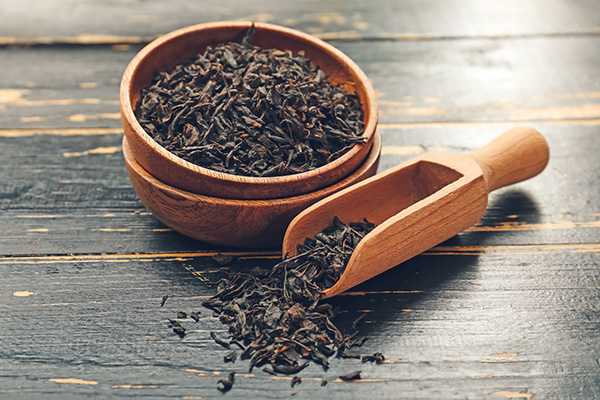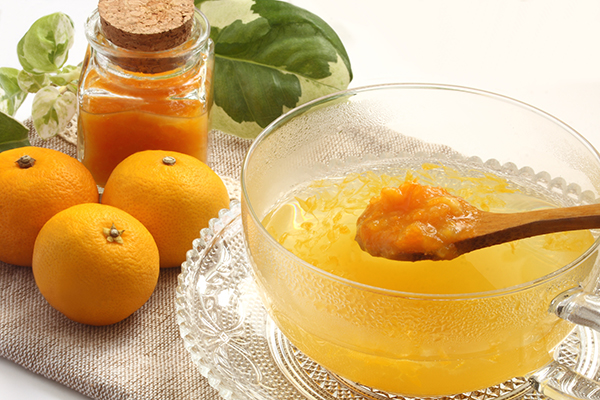Kabusecha Tea 101: Everything There Is to Know
Kabusecha is a distinct variety of Japanese green tea. The name “Kabuse” translates to “covered,” referring to the unique cultivation method used for this tea. Kabusecha is shade-grown, much like Matcha and Gyokuro, but for a shorter period. This brief shading process gives Kabusecha its characteristic taste and color, bridging the gap between Sencha, Japan’s most common tea, and the more luxurious Gyokuro.

How Is Kabusecha Cultivated?
The cultivation of Kabusecha is where its magic begins. Approximately a week to ten days before the harvest, the tea plants are covered, usually with a cloth or net. This shading reduces the sunlight exposure to about 25%, causing the plants to produce more chlorophyll in an attempt to compensate for the reduced light. The increased chlorophyll levels result in a darker, richer green color and a fuller, sweeter flavor.
What Does Kabusecha Taste Like?
In terms of taste, Kabusecha strikes a perfect balance between the grassy freshness of Sencha and the rich, sweet umami flavor of Gyokuro. It features a smooth, full-bodied flavor with a hint of sweetness and a touch of astringency, making it an enticing option for green tea enthusiasts seeking a unique flavor profile.
How Much Caffeine Is in Kabusecha Tea?
Like other green teas, Kabusecha does contain caffeine, typically ranging between 20-30mg per 8oz cup. However, the actual amount can vary based on brewing time and temperature. It’s important to note that while it has less caffeine than coffee, the presence of an amino acid called L-theanine results in a slower, more sustained release of caffeine, providing a calm alertness without the jittery effects.
Kabusecha Tea Benefits
Kabusecha tea isn’t just about flavor and aroma; it’s also packed with health benefits.
- Antioxidants: Kabusecha is rich in catechins, a type of antioxidant that helps prevent cell damage. These antioxidants may reduce the risk of chronic diseases, including heart disease and cancer.
- Mental Alertness: The caffeine and L-theanine in Kabusecha provide a balanced, calm alertness, potentially improving focus and cognitive function.
- Weight Management: Green tea, including Kabusecha, has been associated with weight loss and management, due to its potential to boost metabolic rate.
- Cardiovascular Health: Regular consumption of green tea may lower the risk of heart disease by reducing cholesterol levels and preventing blood clots.
- Bone Health: Some studies suggest that the catechins in green tea may help improve bone density, reducing the risk of osteoporosis.
Kabusecha vs. Gyokuro: What’s the Difference?
While both Kabusecha and Gyokuro are shaded before harvest, the key difference lies in the duration of shading. Gyokuro is shaded for a longer period – about three weeks, resulting in a more pronounced umami flavor and a higher price point. Kabusecha, on the other hand, is shaded for about one week, offering a balance between the intense sweetness of Gyokuro and the fresh flavor of Sencha.
Kabusecha vs. Sencha: What’s the Difference?
Sencha, the most common type of Japanese green tea, is not shaded before harvest. This results in a more robust, grassy flavor with a sharper astringency compared to the mellow and sweet Kabusecha. Moreover, Sencha tends to be lighter in color than Kabusecha due to less chlorophyll production.
Kabusecha vs. Bancha: What’s the Difference?
Bancha is a type of Japanese green tea harvested from the same plant as Sencha but at a later time. It is less refined and has larger, coarser leaves with a more robust and earthy flavor. In contrast, Kabusecha has a smoother, more refined taste and higher nutrient content due to the shading process.
How to Brew Kabusecha
Making Kabusecha tea is easy:
- Measure the tea: Use about 1-2 teaspoons of Kabusecha for each cup of water.
- Heat the water: The ideal water temperature is around 70-80°C (158-176°F). Boiling water can burn the leaves, ruining the delicate flavor.
- Steep the tea: Steep Kabusecha for approximately 1-2 minutes. Oversteeping can result in a bitter taste.
- Strain and serve: Strain the tea into a cup and enjoy it hot.
Final Thoughts
Kabusecha, a hidden gem among Japanese green teas, offers a unique taste experience, blending the freshness of Sencha with the umami sweetness of Gyokuro. Its numerous health benefits, coupled with a unique cultivation method, make it a fantastic tea to explore for both newcomers and seasoned tea drinkers.
FAQ
Why Is Japanese Green Tea So Green?
Japanese green tea, including Kabusecha, is incredibly green due to the high chlorophyll content. This is a result of the shading process used in the cultivation of these teas.
What Is Japan’s #1 Green Tea?
Sencha is the most popular green tea in Japan, accounting for about 80% of the country’s tea production. However, other varieties like Matcha, Gyokuro, and Kabusecha also hold significant cultural and culinary importance.
Which Japanese Tea Is Healthiest?
All Japanese teas offer health benefits, including antioxidants and potential cardiovascular and cognitive health improvements. Matcha is often touted as the healthiest due to its method of consumption, where the entire leaf is ingested, providing the full range of nutrients. However, Kabusecha, Gyokuro, and Sencha also provide significant health benefits.





